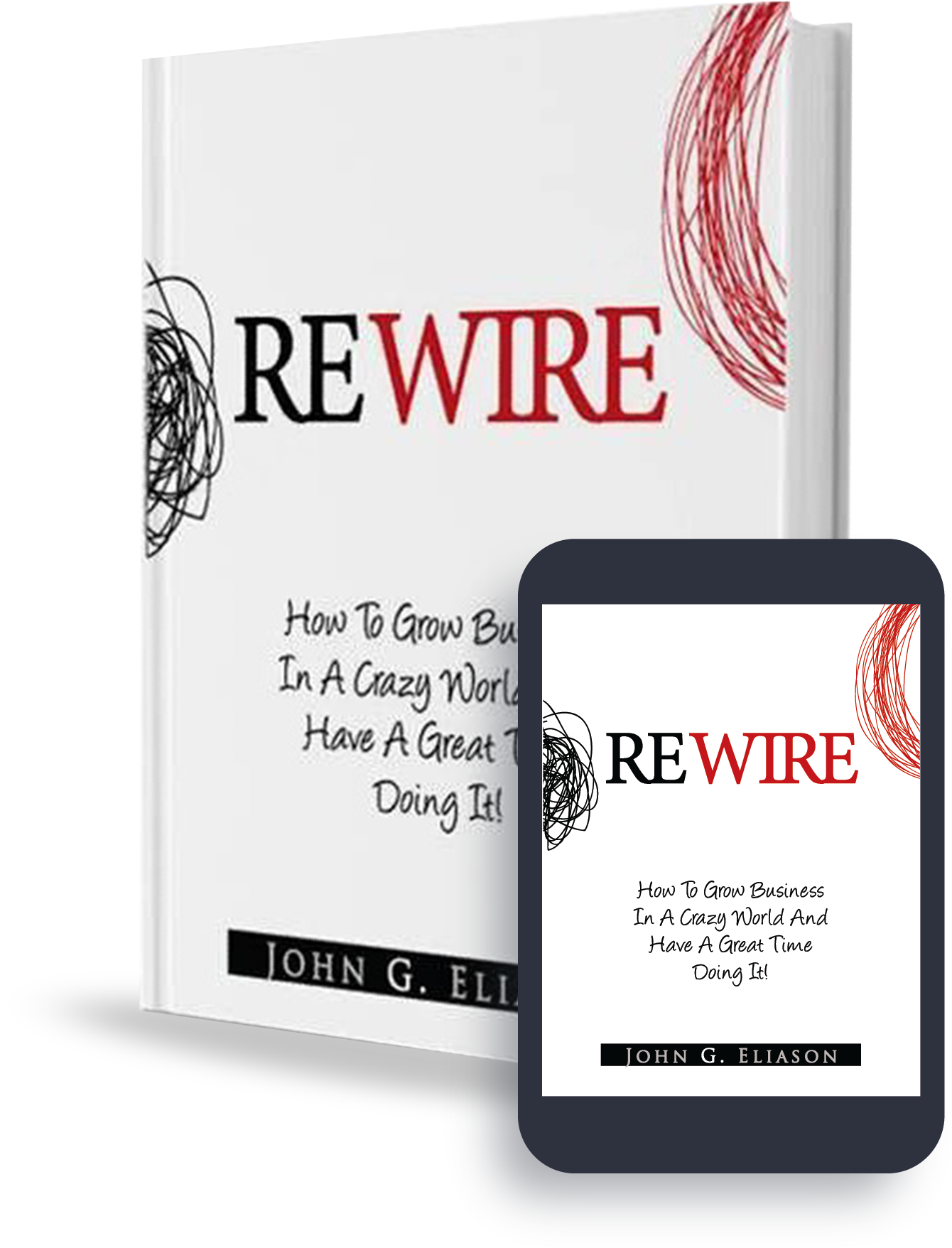
Here in the Lab, we get to see what winners do to grow their business and get more out of life. We also get to see what the strugglers do. Today we’re specifically looking at technique and rarely do we find a factor that stands out nearly as much as tie-downs. Tie-downs end up being a huge differentiator; winners use them and losers don’t. Period. Here’s what we’re finding…
[vimeo]http://www.vimeo.com/11840166[/vimeo]
At a recent FFUSA Monday morning sales conference call (every Monday AM) we were discussing tie-downs, examples, etc. Two comments rang out as clear examples of two guys from generally the same part of the country selling the same thing and experiencing two completely different results:
Newer salesman from Chicago: “People don’t go for tie-downs here. That stuff just doesn’t work here.”
Uber-successful sales pro from the Minneapolis area, “I use little tie-downs in every aspect of my life. It’s become a part of me and it’s just the way I communicate, you know what I mean?”
The yeah-but from Chicago has sold a whole slew of things over his career, nothing has ever made him very successful and he’ll probably be with us a short time too. He’s one of those Death of a Salesman sort of guys who just refuses to adjust his style. He’s obstinate and a classic yeah-but. He could change his approach by only 3 degrees, work on his technique and his world could open up and be a beautiful place.
The uber-successful salesman hasn’t always been that successful. He’s always done better than average because he worked hard and his friendly nature has taken him a long way. He’ll tell you that once he started to use tie-downs intentionally (and got comfortable with his technique) that his world changed for the better.
Here’s what we’re finding:
- Successful people use tie-downs, the crowd doesn’t: Tie-downs are so magically important in the sales process that they pretty much eliminate the need for a close. Tie-downs take the place of all those monster/magical closing techniques, closing the sale the entire way through the process.
Remember in the story Gulliver’s Travels, Gulliver wakes up in the land of little people but he can’t get up because he’s tied down with all these tiny strings? Not one big rope, but lots of little ones? Same here – we see huge success when you use these tiny little ropes called tie-downs all the way throughout the sales conversation, instead of relying on the big close at the end.
While the tie-down is a critically important part to the successful sales conversation, tie-downs are not at all tricky: they’re merely confirming what the prospect (or your child, spouse, anyone) has already told you, while getting the prospect to commit with a simple, yes.
Our research shows that if you want success, if you want to get the sale – you need to use tie-downs. And you do want to get the sale, right? Yeah, we thought so. See, that was an example of a tie-down. A classic tie-down is, “if I could, would you?” Tie-downs can be as simple as asking, “make sense?” or ending a statement with, “right?” the prospect will say, “Yes,” and you’ll be one significant step closer to getting the sale. It’s simply seeking clarification on key issues.
Small tie-downs, big teeth.
Every “yes” uttered means one more commitment, one more tie-down, one more little rope. Just like securing anything down (think of a tarp in the wind or a roof in a hurricane), you secure and move on, secure and move on. You must secure every step in the process. If you don’t, you’ll get to the end of your sales conversation and your prospect can squirm out easily with something like the dreaded, “I need to think about it.” Sales people hate those! The way around that objection is to ask a question up front and tie it down. That way, when you get to the end you can (need to) simply hold their feet to the fire.
Like this: “If I can show you how we can get you a better account than you have today… if it makes dollars and sense to do business then let’s get you a better account and do business, fair enough?”
Usually the prospect will say, “Yes or OK.” When they say this affirming word, basically they’ve agreed and now all you need to do is do what you said – get them a better account.
After you do the above, you pull out the order form/paperwork and start writing it up. If they say, “I need to think about it.” You say, “I understand Mr. XYZ, you did say that if we could get you a better account (or whatever you’re selling) than you have now, that we could go forward, right?” They remember that they did agree and 85% of the time, go forward. The other 15% of the time you need to go back through more of the value you’re proposing, but it sure beats the nearly 100% of the time the strugglers have nothing (no tie-downs) to go back and point to – they just turn and go away with their tail between their legs or struggle trying to “close” the deal. Tie-downs are such a better way to go.
We see these scenarios play out all day, every day and in every part of the country. It doesn’t matter where you are, you sell to people and this tie-down stuff is basic psychology, and excellent technique. How can you use tie-downs better in your world? That’s the seed for today. Go use one right now and tell us how it worked!




0 Comments